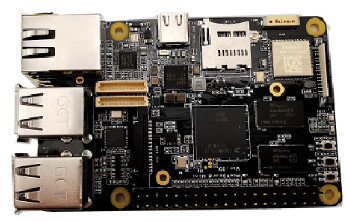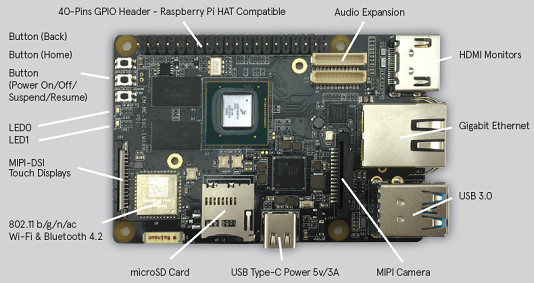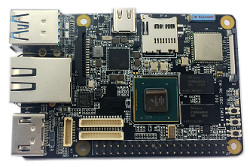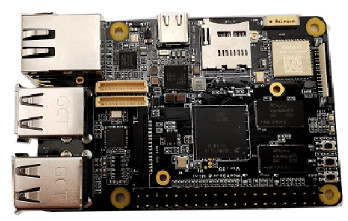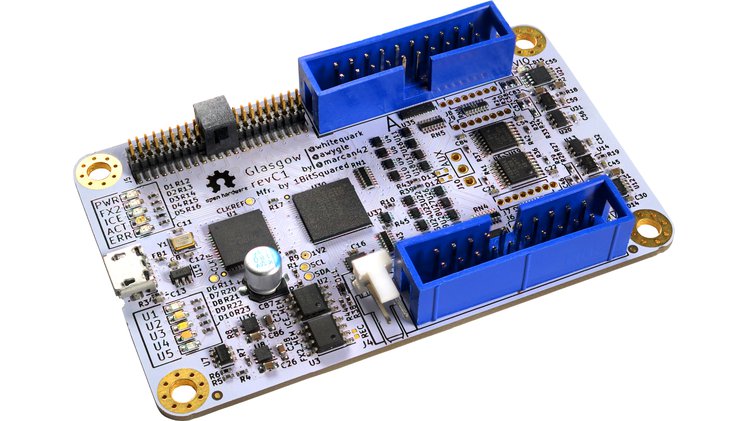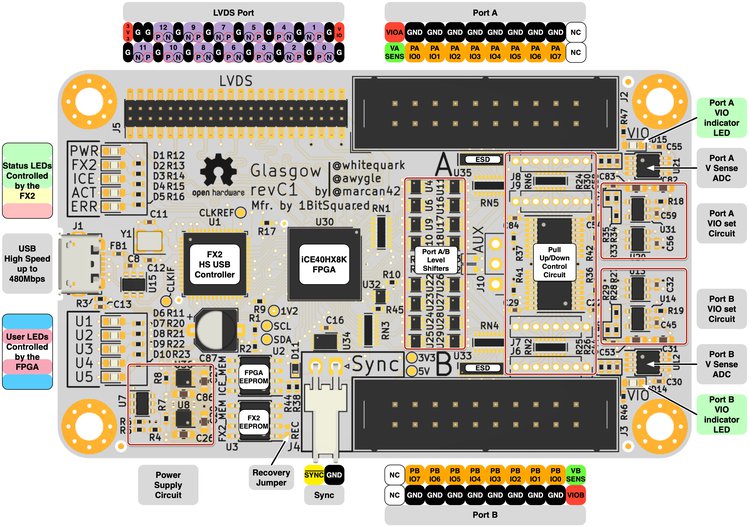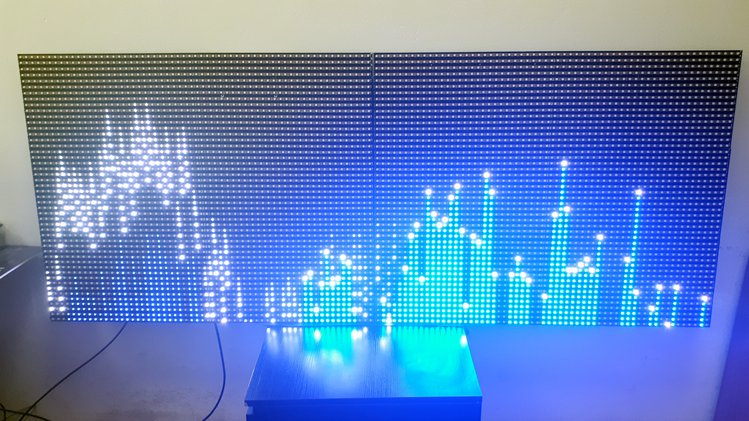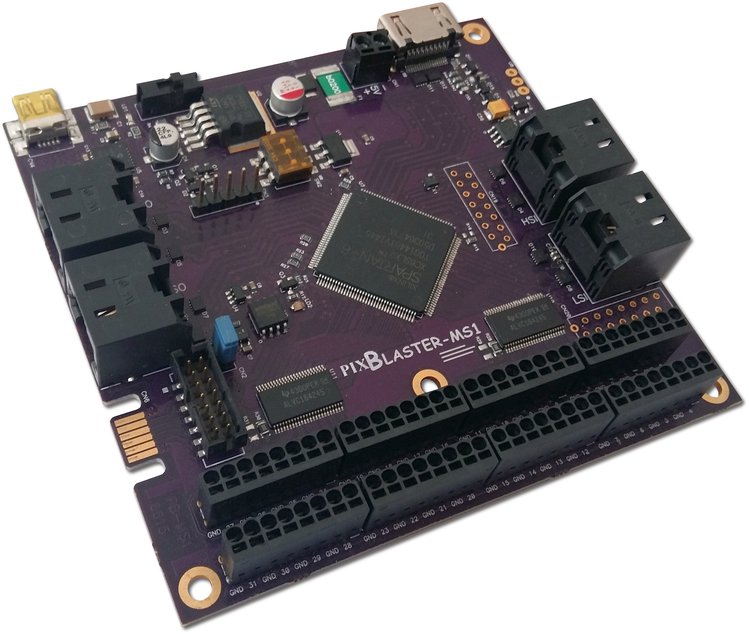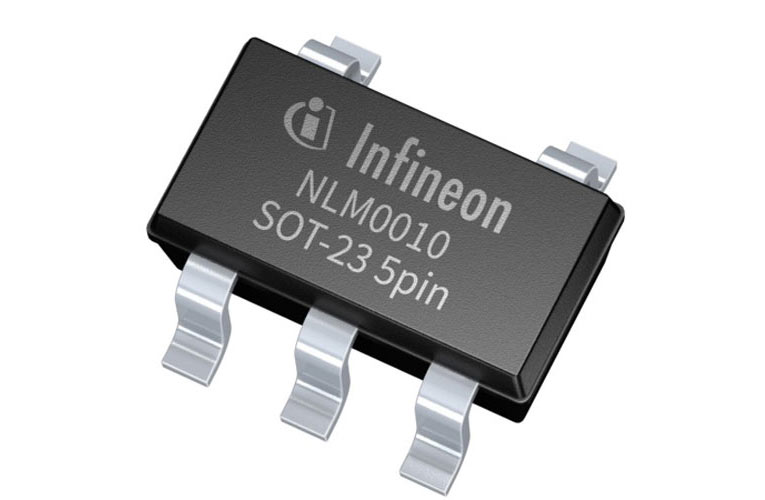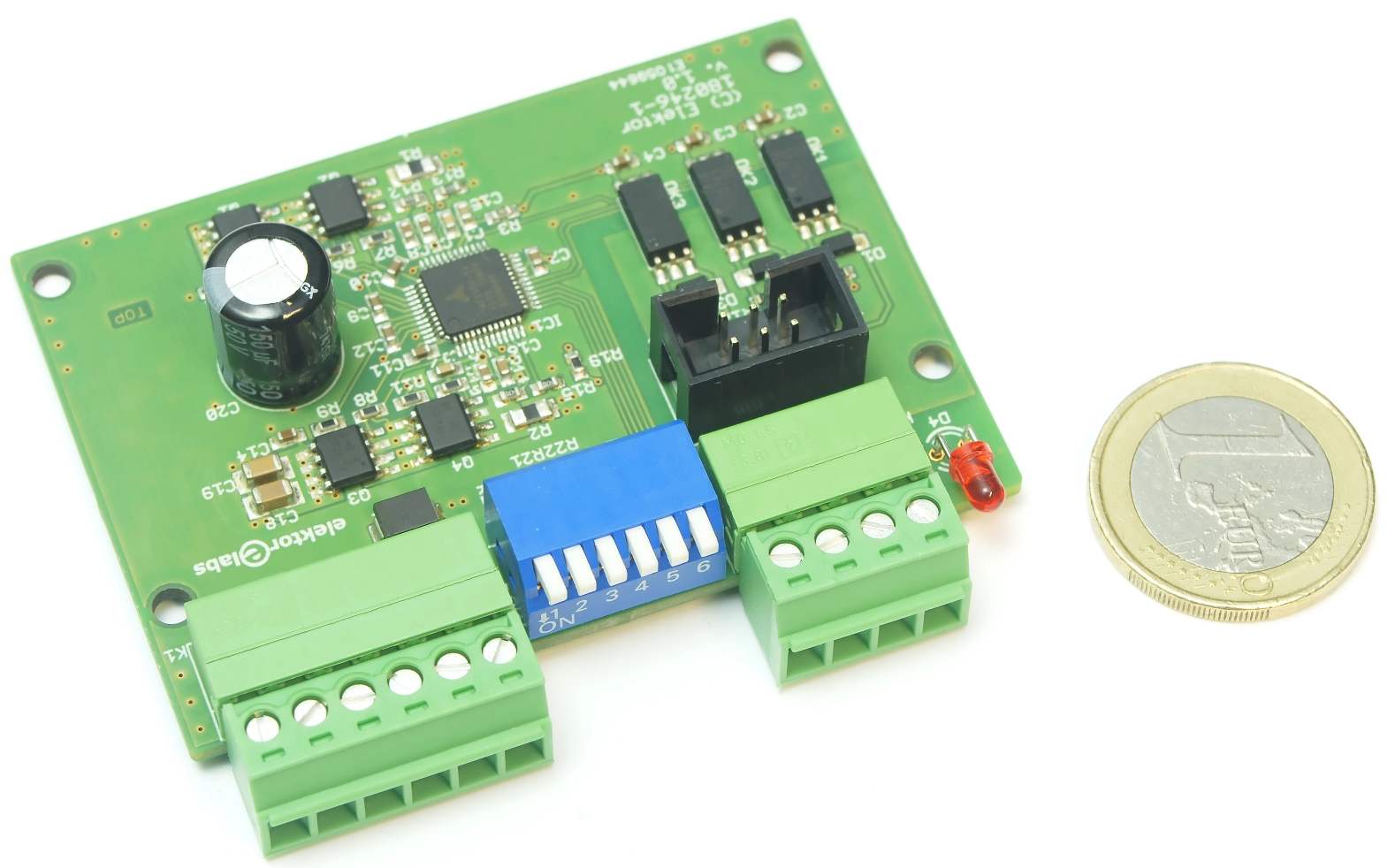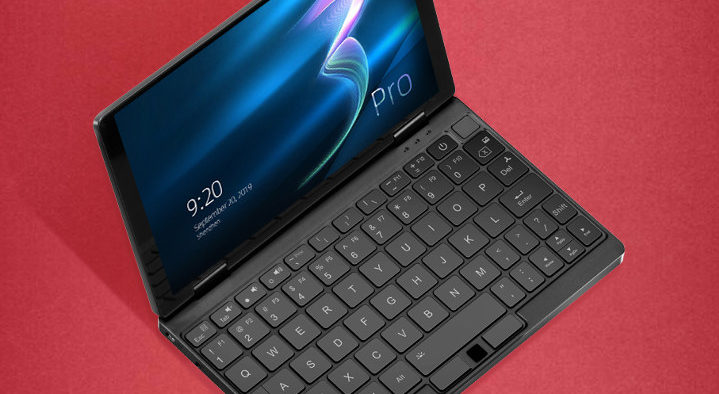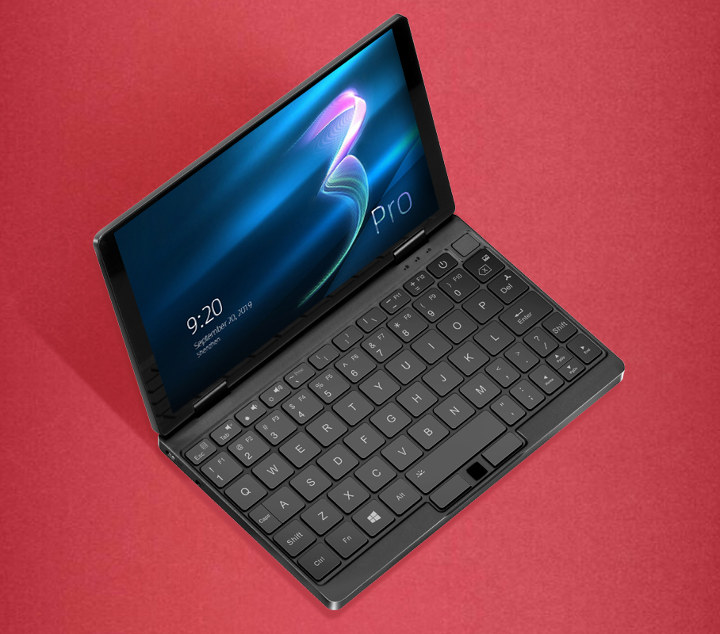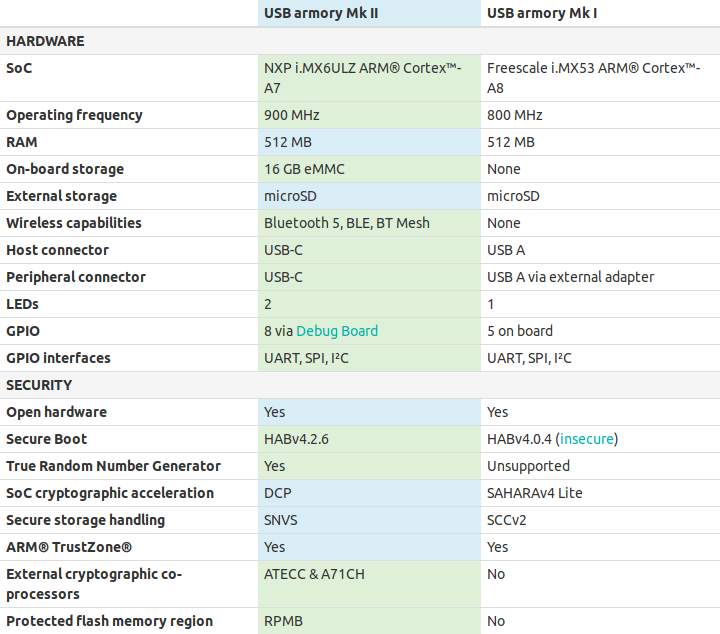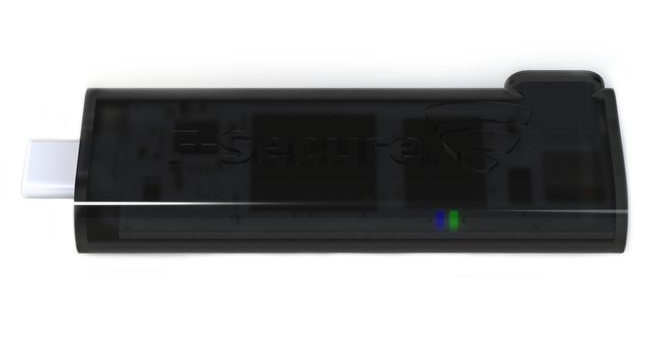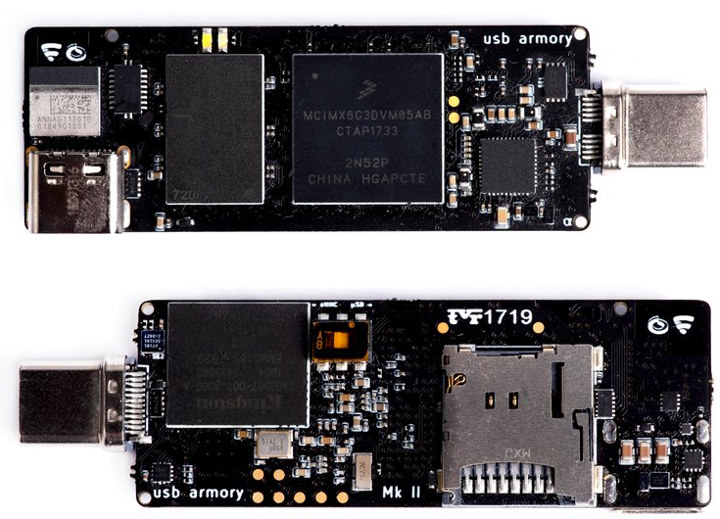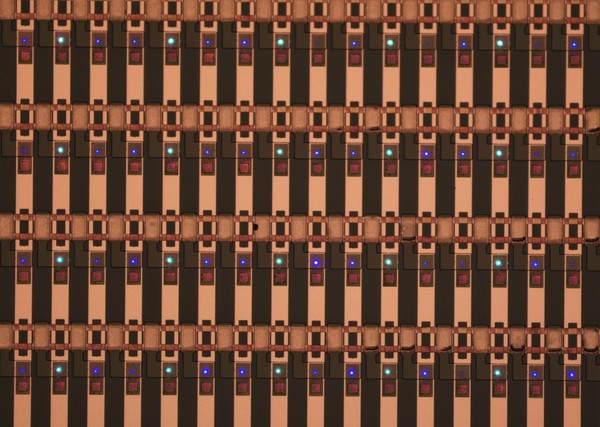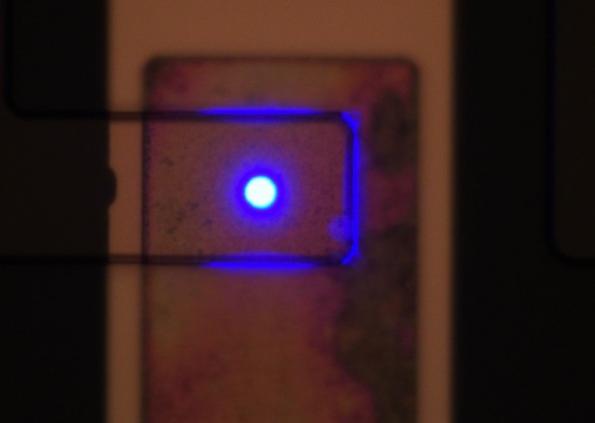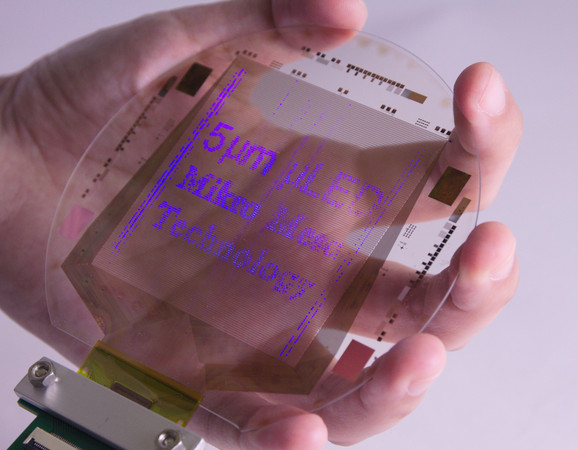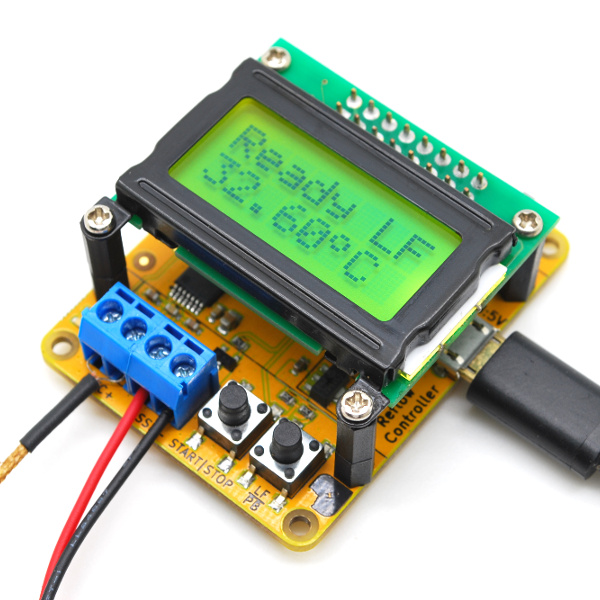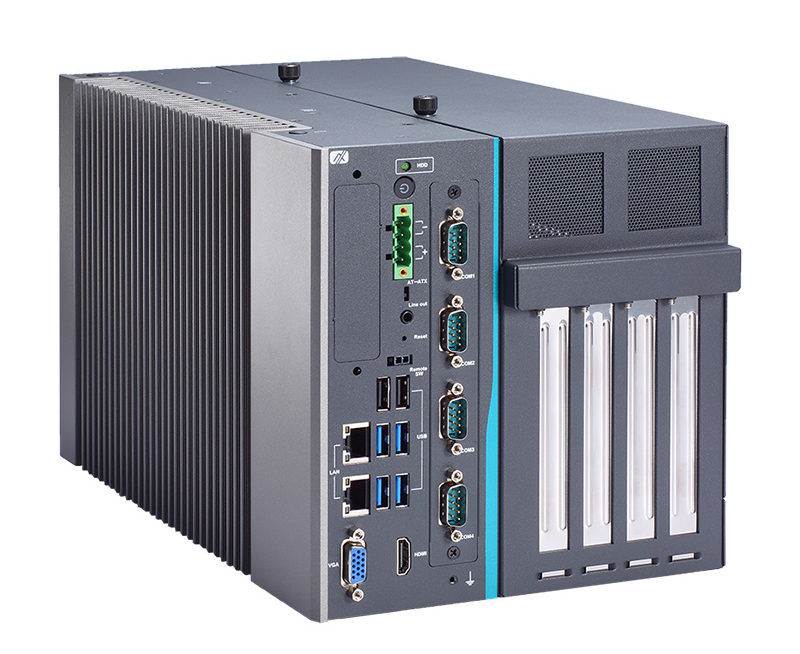
4-slot Industrial System with LGA1151 Socket Intel® Xeon® E3 v5, 7th/6th Gen Intel® Core™ i7/i5/i3 & Celeron® Processor, Intel® C236/Q170, Front-access I/O, PCIe/PCI Slots.
Axiomtek – a world-renowned leader relentlessly devoted in the research, development and manufacture of series of innovative and reliable industrial computer products of high efficiency – is pleased to announce the release of IPC974-519-FL, its newest 4-slot fanless industrial system. This robust IPC system provides edge computing capabilities for a wide variety of industrial AIoT applications, such as real-time control, data analysis, deep learning and automated optical inspection, making great strides to utilize an ideal solution. The industrial PC is powered by the high-performance Intel® Xeon® E3 v5, 7th/6th generation Intel® Core™ (codename: Kaby Lake/Skylake) or Celeron® processors with the Intel® C236 chipset or Q170 chipset. It also supports powerful NVIDIA® GPU with up to 300W TDP. In addition, the system has a wide operating temperature range of -10°C to +70°C with 0.5 m/s airflow and a wide range of 19V to 30V DC power input for harsh operating environments.

“The IPC974-519-FL has a flexible I/O window slot for ease of customization to meet the requirements of various applications. It has a choice of four different types of I/O modules – a four-port RS-232/422/485 module (AX93511); a four-port isolated RS-232/422/485 module (AX93516); a one-port GbE Ethernet, two-port USB 3.0 and two-port RS-232/422/485 module (AX93519); and a two-port isolated RS-232/422/485 and 8-in/8-out DIO module (AX93512). Additionally, it provides four high speed and full-size PCIe /PCI slots supporting the vision, motion, data acquisition and I/O cards. The AIoT industrial automation computer has an optional built-in power board which provides 300W power to add-in graphics card,” said Ivy Lee, a product manager of Product PM Division at Axiomtek. “To satisfy the wide temperature variations, it also offers an easy-to-install fan module to help dissipate heat generated within the system when high power consumption PCI/PCIe cards are installed.”
Axiomtek has combined this advanced 4-slot industrial system with Cognex VisionPro, the PC-based vision software from Cognex, to provide a first-class automated optical inspection solution. It also includes Intel® AMT 11.0 for easy remote management and Trusted Platform Module (TPM) 2.0 for optimum security. The highly versatile and reliable IPC974-519-FL is equipped with two easy-swappable 2.5″ HDDs with Intel® RAID 0,1,5 for extensive storage needs. It also comes with dual DDR4-2133 ECC/non-ECC SO-DIMM slots with up to 32GB system memory. The industrial computer features a wide choice of front-facing I/O connectors, including two LAN ports, four USB 3.0 ports, two USB 2.0 ports, one VGA, one HDMI, one 4-pin terminal block, and one audio (line-out). There is also a full-size PCI Express Mini Card slot with SIM slot (USB & PCIe interface) for 3G/4G, GPS, Wi-Fi, Bluetooth or other RF connections. Moreover, the IPC974-519-FL has two SMA type antenna holes.
Advanced Features:
- LGA1151 socket Intel® Xeon® E3 v5, 7th/6th gen Intel® Core™ i7/i5/i3 & Celeron® processor, up to 80W (codename: Kaby Lake/Skylake)
- Intel® C236/Q170 chipset
- Supports 4 expansion slots for full-size add-in cards
- Supports system power on delay function
- -10°C to +70°C operating temperature range
- Supports ECM BIOS setting
- Supports Intel® RAID 0,1,5
- Supports NVIDIA® GPU (up to 300W TDP)
- Supports TPM 2.0
- Supports Intel® AMT 11.0
Axiomtek’s IPC974-519-FL is now available for purchase. For more product information or customization services, please visit our global website at www.axiomtek.com or contact one of our sales representatives at info@axiomtek.com.tw.


